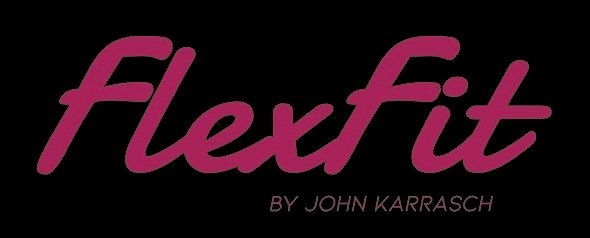This is a quick synopsis of a major paper from the International Society of Sports Nutrition. It was published in late 2019 and I’d suggest reading it all yourself but I’ll run through some of their Evidence Statements here!
🔹A primary focus is simply eating enough daily calories and a macronutrient breakdown of 60% carb, 15% protein, and 25% fat is suggested.
🔹There is insufficient data to support the use of ketogenic diets.
🔹Some fasted morning low intensity sessions may be beneficial.
🔹Protein intakes can range from 1.6 g/kg/day up to 2.5 depending on training volume.
🔹Drinking to thirst is fine for day to day hydration.
🔹Weighing before and after training is good to determine fluid replacement needs.
🔹150-400 calories per hour during racing is suggested. As race duration increases, more savory foods are often helpful.
🔹Fluid intake during exercise can range from 16-28 oz per hour with 500-700 mg Sodium per liter.
🔹Race nutrition should be practiced in training. Avoid having under 200 cal/ hour.
🔹Caffeine improves performance due to its stimulant properties, especially in overnight races.
🔹Don’t use Advil or other NSAIDS while racing. Period.
🔹There is limited data to support the use of supplements such as ketones, MCT oil, or vitamins during racing.









